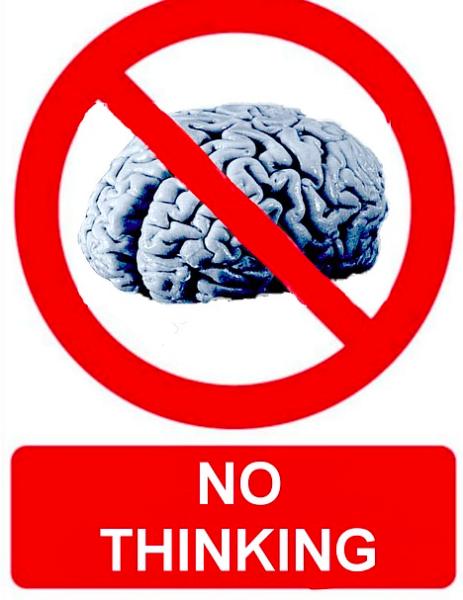If Shakespeare were alive today he would be hard-pressed to come up with a script that could match the tragedy that has been imposed on this country by self-appointed drug experts, bureaucrats, self-serving politicians, and various other fools. It's that bad. And it was largely preventable.
So, let's all congratulate the CDC for sticking its nose where it should not have been and the Physicians Responsible for Opioid Prohibition (1) for creating a mess that we will not be getting out of anytime soon.
A new report from in the December 12th National Vital Statistics Reports (NVSR) confirms what patient pain advocates and I have been saying all along - that we've been fighting the wrong war (against prescription opioid analgesics) and, in doing so, managed to screw two things up at the same time.
- Pain patients are suffering
- More people, not fewer, are dying
One can only hope that the press, which has been pathetically inept in its coverage of the "opioid crisis," which is really the "fentanyl crisis," might pay attention to the new report and possibly start to get the story right. But don't get your hopes up. To do so would entail not only reading the report but also, understanding what it says.
I'll make it easy for them.
As I've written repeatedly, pills are not the real problem (See No, Vicodin Is Not The Real Killer In The Opioid Crisis and The Opioid Epidemic In 6 Charts Designed To Deceive You); it is the difficulty of obtaining them that is now. The NVSR makes this painfully obvious. Here's why.
In 2011 (Table 1), there were 41,340 overdose deaths from all drugs - legal, illegal, prescription, and over the counter. Oxycodone was the primary cause of OD deaths (5,587, 13.5% of total). But a closer look at Table 1 reveals some interesting facts.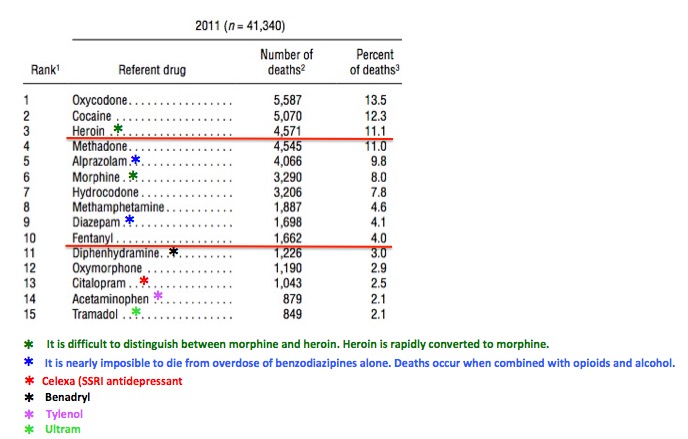
Table 1. The 15 drugs responsible for most overdose deaths in 2011. Source: National Vital Statistics Reports
A closer look at Table 1 (I added the notes in color) reveals some interesting trends. Although oxycodone leads the pack with 5,587 deaths, illegal drugs, heroin, cocaine, and methamphetamine, killed twice as many people (and alcohol killed 80,000). The number for heroin is almost certainly too low, probably by a lot. This is because heroin is rapidly metabolized to morphine, so someone who died from a heroin overdose will also test positive for morphine. Since people on the street generally, don't inject themselves with morphine, it is plausible that most of the morphine overdoses were actually from heroin.
Although two benzodiazepine sedatives, Xanax and Valium are on the list, this is somewhat misleading. Virtually all of these deaths are a result of concomitant use of alcohol or opioids. It is virtually impossible to kill yourself with Valium alone. In a case study, a woman who tried to commit suicide took 2,000 mg of the drug - the equivalent of 400 five milligram pills and walked out of the hospital two days later. (See Can Valium Kill You?).
In high doses, patients may manifest coma, respiratory depression, hypotension, hypothermia, and rhabdomyolysis. Otherwise, benzodiazepines are remarkably safe as single agents.
TOXNET, Toxicology Data Network
Now, let's take a look at the same data for 2016 (Table 2). The changes are startling.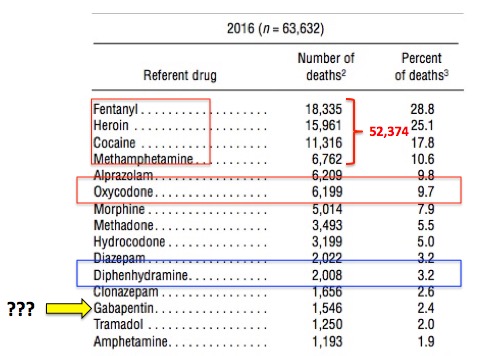
Table 2. Overdose deaths from the 15 most common drugs. Note that adding the percentages results in a number considerably higher than 100. Likewise, adding the number of deaths gives a number greater than 63,632. This is because when multiple drugs are involved they are all counted. The term "fentanyl deaths" almost always means "illicit fentanyl and its analogs, not prescriptions patches.
In Table 2, the damage of six years of bad policy becomes evident. Despite a 25% reduction in opioid prescriptions during that time, 22,292 (54%) more people died from drug overdoses, despite the fact that the number of OD deaths from oxycodone (Percocet) and hydrocodone (Vicodin) remained essentially unchanged.
And there's more (and it's really crazy). Note that the number of deaths from diphenhydramine (Benadryl) isn't terribly different from the number from Vicodin. Are we having a "Benadryl Crisis?" And even crazier - look at gabapentin (Neurontin, yellow arrow). Neurontin is being used like crazy (mostly off-label) as an alternative to opioids. Except it doesn't work. But it managed to creep into the Top 15 list. I'm speechless.
So, here's the report card:
- Restricting prescriptions of opioid analgesics had approximately zero effect on overdose deaths from the pills.
- But it did result in incalculable suffering of pain patients.
- And it also caused more deaths as oxycodone users switched to heroin, something we've known since 2010.
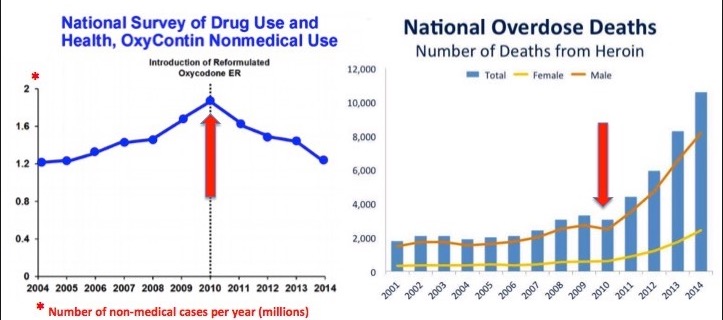
- This switch created a huge heroin market, which was filled by fentanyl starting in 2014 (Figure 1).
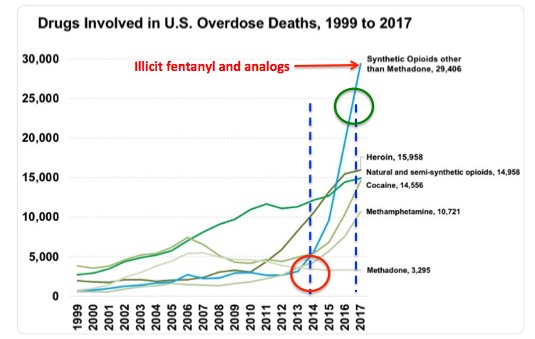
Figure 1. Deaths from illicit fentanyl and its analogs 2014-2017 (blue hatch line). The red circle shows that fentanyl overdose deaths were rare before 2014 but were by far the major cause of death (green circle) in 2017. Source: National Institute on Drug Abuse.
- If this is not an example of an abysmal policy then nothing is.
Yet, despite this overwhelming evidence, we still hear crap like this:
When you talk about opioid pain medicines, we’re essentially talking about heroin pills
Andrew Kolodny, Executive director of Physicians for Responsible Opioid Prescribing. 2017
No, Andrew, we're not. Read this article and then try to make that same statement with a straight face.
The false narrative of prescriptions doing the killing persists despite overwhelming evidence to the contrary. The longer it persists, more pain patients will suffer and more people will die. These charts are not lying.
Too bad I can't say the same about others.
NOTE:
(1) I changed the name of the group to something more accurate. So sue me.
